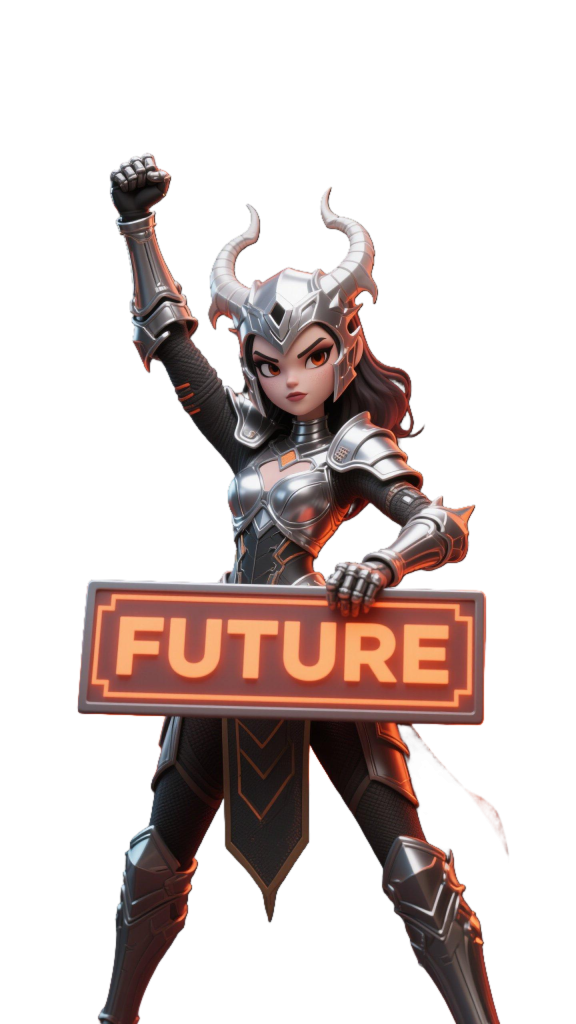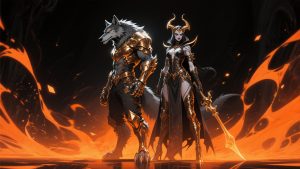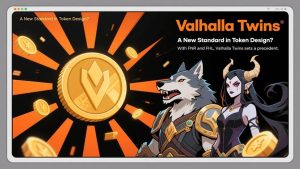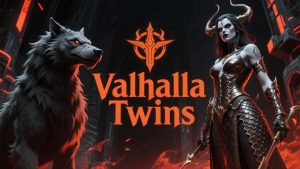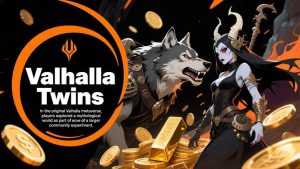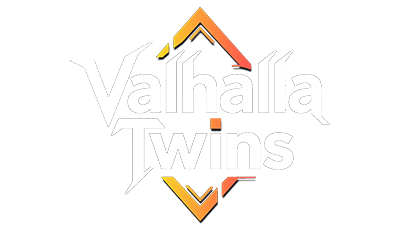In the vast and vibrant universe of blockchain innovation, few projects have captured the imagination of both crypto veterans and newcomers quite like FLOKI’s original Valhalla metaverse. What began as a meme-inspired token evolved into a powerful community-driven movement that merged Norse mythology with blockchain technology, offering immersive gameplay, token utility, and a vision of decentralized storytelling. Now, building upon that foundation, a new chapter unfolds—Valhalla Twins, the spiritual and technological continuation of the Valhalla legacy.

Valhalla Twins was not conceived in isolation. It is the direct successor to Valhalla’s mythos, drawing from the same legendary roots but built with more ambition, more complexity, and greater potential. While Valhalla introduced players to a world where myth met metaverse, Valhalla Twins dares to split that myth in two, creating a dual-token system that embodies the eternal balance between chaos and order—FENRIR and FHEL. This isn’t just symbolic design; it’s a model that transforms mythology into economic structure, where every aspect of the ecosystem—staking, governance, NFTs, and gameplay—is influenced by the duality of these tokens.

The connection to FLOKI is not only thematic. Many of the minds behind the original Valhalla are steering the Twins project, including smart contract developers, narrative designers, and ecosystem architects. Their shared history ensures continuity in vision and execution. But Valhalla Twins is not content with being a sequel; it seeks to be a reinvention, bringing a deeper layer of token dynamics, a more gamified experience, and a renewed focus on community governance through a well-designed DAO structure.
In Valhalla, the focus was on immersion, storytelling, and early forms of play-to-earn. Valhalla Twins expands the scope dramatically. Not only are users able to participate in gameplay using tokenized characters and earn through staking and liquidity provision, but they also engage in governance, launchpad funding, and strategic ecosystem expansion. The Twins project introduces the concept of a “battle economy,” where users must utilize both tokens—FENRIR for combat and yield, FHEL for structure and redemption—to maximize their engagement and rewards.
This duality is also psychological. FENRIR represents wild, untamed energy—a reflection of DeFi’s speculative spirit. FHEL, on the other hand, reflects responsibility, correction, and ecosystem balance. In the Valhalla Twins narrative, they are not enemies but counterparts. It is a mature take on the often binary approach in crypto, suggesting that true decentralization doesn’t just need innovation—it needs balance.
The broader community recognizes this evolution. FLOKI holders, Valhalla game fans, and even unaffiliated DeFi users are beginning to explore how the Twins ecosystem enables not just earning, but meaningful participation. DAO proposals, governance decisions, NFT crafting mechanics, and future GameFi expansions are being shaped by users themselves. This sense of ownership is a core trait inherited from the original Valhalla vision.

As the crypto industry matures, projects like Valhalla Twins show that the meme-to-metaverse journey isn’t a joke—it’s a blueprint. By learning from the cultural momentum of FLOKI and leveraging it into more nuanced, rewarding systems, Valhalla Twins doesn’t simply continue a legacy. It evolves it. And in doing so, it reminds us that mythology, whether ancient or digital, only survives when people believe in it—and more importantly, build upon it.

